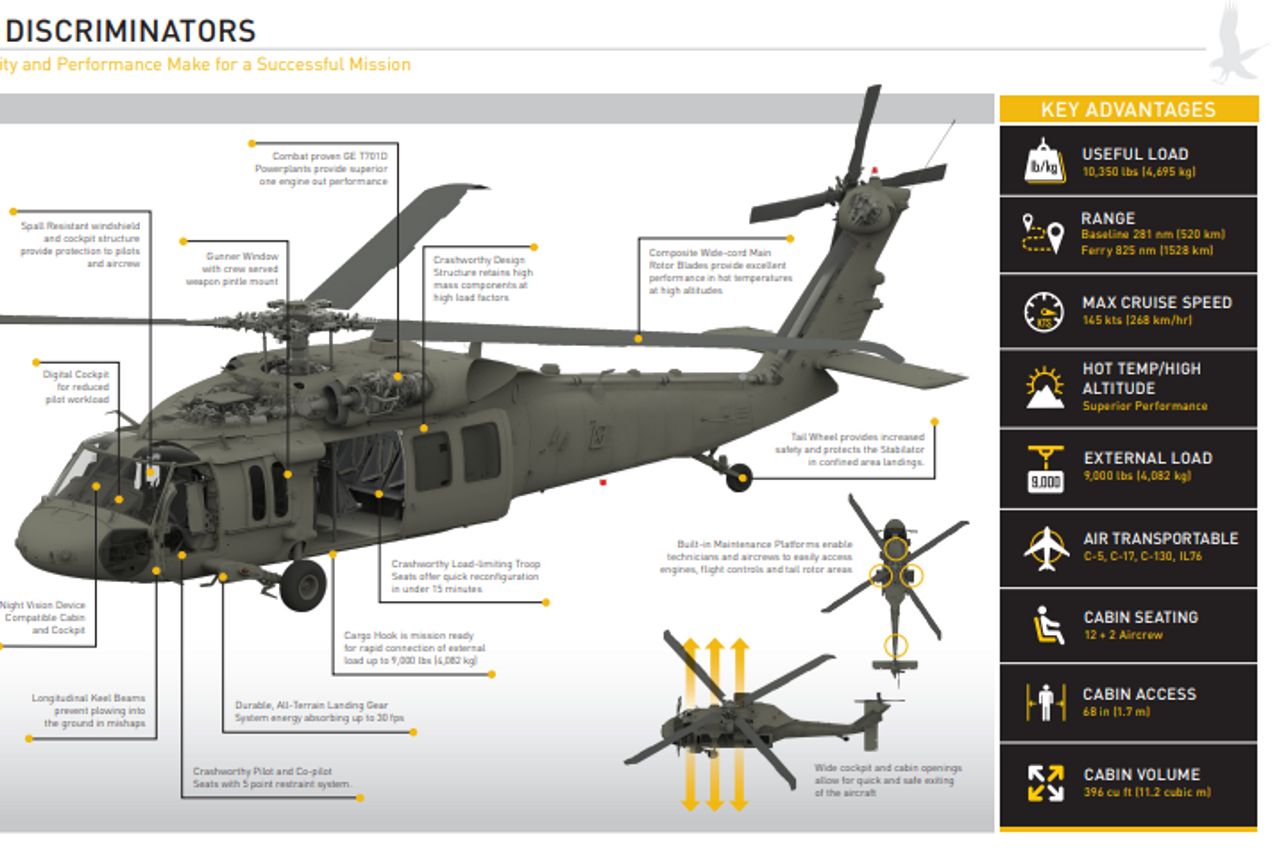Modernized Vertical Lift System With Advanced Composite Structures and Improved Precaution
In the world of upright lift systems, a significant shift towards modernization has actually been observed, driven by the integration of sophisticated composite structures and increased precaution. These improvements represent a crucial evolution in the layout and capability of lift platforms, promising enhanced performance and integrity across numerous sectors (sikorsky s 70). As industries aim for better functional precision and safety requirements, the application of composite products and progressed safety functions has ended up being extremely important. In checking out the merging of innovation and safety in contemporary lift systems, a compelling story emerges, showcasing the possibility for transformative advancements that deal with the ever-evolving needs of industrial markets.
Advancement of Vertical Lift Systems

The advancement of upright lift systems can be traced back to fundamental wheel systems and very early elevator styles. Over time, technologies such as hydraulic systems, electrical motors, and progressed control mechanisms have significantly boosted the efficiency and security of these systems. Makers have additionally concentrated on enhancing the stability, reach, and load-bearing capacities of vertical lift platforms to fulfill the diverse requirements of various sectors.
Additionally, the integration of clever innovations like sensing units, IoT connectivity, and automation functions has additionally transformed the capabilities of modern-day upright lift systems. These technical enhancements not just improve operational efficiency however additionally ensure enhanced safety requirements for employees making use of these platforms at numerous heights. The continual evolution of vertical lift systems underscores their essential function in improving upright movement across markets.
Integration of Advanced Compound Frameworks

Moreover, using sophisticated composite products enables for more complex and optimized architectural layouts, allowing designers to tailor the platform's homes to meet certain efficiency needs. This customization can lead to enhanced the rules of aerodynamics, reduced resonances, and boosted overall safety and security throughout procedure. The integration of innovative composite structures also adds to a reduction in upkeep expenses and downtime, as these products display outstanding resistance to environmental aspects and have a longer solution life compared to conventional materials. In general, the unification of sophisticated composite frameworks in contemporary vertical lift systems represents a substantial improvement in aerospace technology, leading to extra effective, dependable, and more secure aerial transport systems.
Boosted Safety Procedures Execution
Carrying out improved safety and security actions is critical in making certain the optimal efficiency and reliability of modern-day upright lift platforms. One key aspect of improved safety and security procedures is the combination of advanced sensor innovations to keep track of numerous criteria in real-time.

Industry Applications and Advantages
With advancements in innovation and design, modernized upright lift systems have actually discovered varied applications throughout numerous sectors, using significant advantages in effectiveness and performance. The construction market benefits from vertical lift platforms by making it possible for workers to access elevated areas securely and effectively, improving general job timelines.
Furthermore, upright lift systems play an important function in the repair and maintenance of infrastructure such as bridges, high-voltage line, and structures, enabling service technicians to get to unattainable locations effortlessly (sikorsky s 70). The air travel sector also leverages these platforms for aircraft upkeep and setting up jobs, improving operations effectiveness and making sure employee security at elevations. Overall, the extensive fostering of modernized vertical lift systems across industries emphasizes their versatility and the significant renovations they bring to different procedures
Future Trends in Lift Platform Innovation
Including sophisticated automation and intelligent functions, lift platform innovation is positioned to transform upright transport systems in the future. One key pattern is the integration of Net of Points (IoT) innovation, allowing lift platforms to interact real-time data for predictive upkeep, optimizing performance, and improving safety. Expert system and equipment learning formulas are also being included to analyze patterns, anticipate like this possible issues, and improve efficiency. Moreover, using innovative materials such as carbon fiber composites gets on the rise, offering raised resilience and toughness while decreasing overall weight. Boosted security measures, consisting of biometric authentication and emergency action systems, are becoming basic attributes to ensure guest safety and security. Furthermore, adjustable arrangements and modular styles are getting appeal, allowing for greater versatility to numerous settings and demands. As lift platform technology continues to evolve, these trends are readied to shape the future of upright transportation, making it a lot more effective, secure, and straightforward.
Final Thought
In verdict, the modernized vertical lift platform showcases the evolution of technology in the sector. By incorporating sophisticated composite structures and enhanced precaution, this system provides enhanced effectiveness and safety for numerous applications. The industry can benefit substantially from these advancements, and future patterns in lift platform innovation are likely to proceed improving upon these technologies for even better success and performance.
In the world of vertical lift platforms, a significant change towards modernization has been observed, driven by the assimilation of advanced composite structures and increased security actions. The continuous development of vertical lift platforms emphasizes their vital function in enhancing upright mobility throughout markets.

The unification of advanced composite frameworks in modern-day vertical lift platforms has considerably enhanced their structural honesty and efficiency see post capabilities. By integrating these sophisticated composites into the layout and building of upright lift systems, suppliers can reduce general weight, rise load-carrying capacity, and boost the platform's durability and long life.
Carrying out boosted safety and security measures is vital in making sure the optimal performance and reliability of modern-day vertical lift platforms.